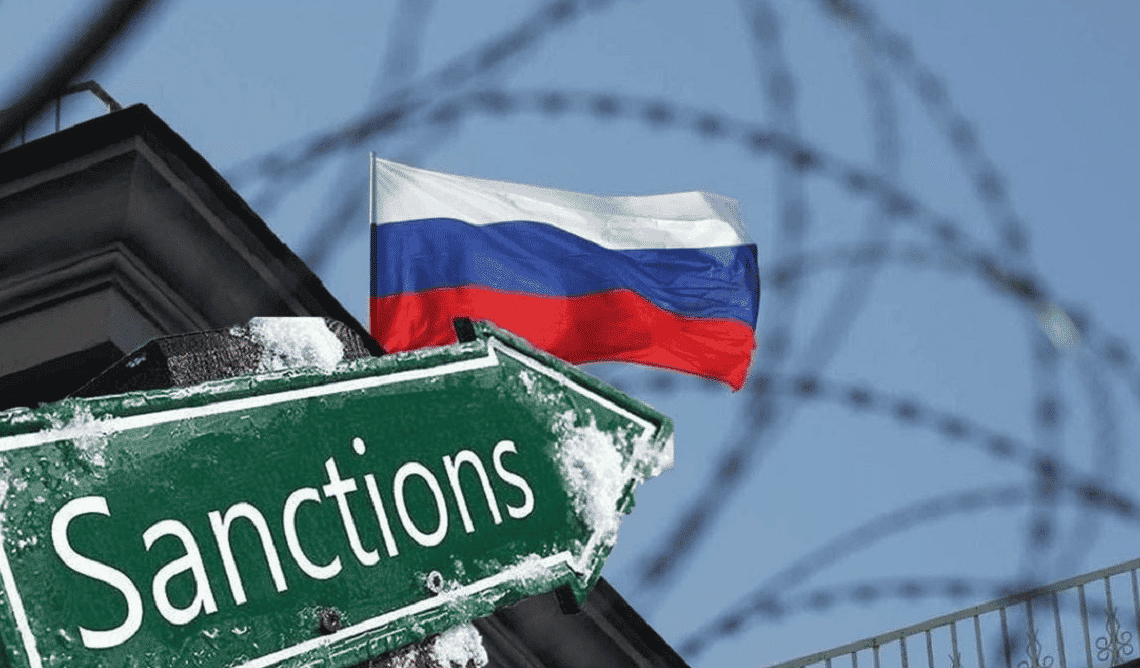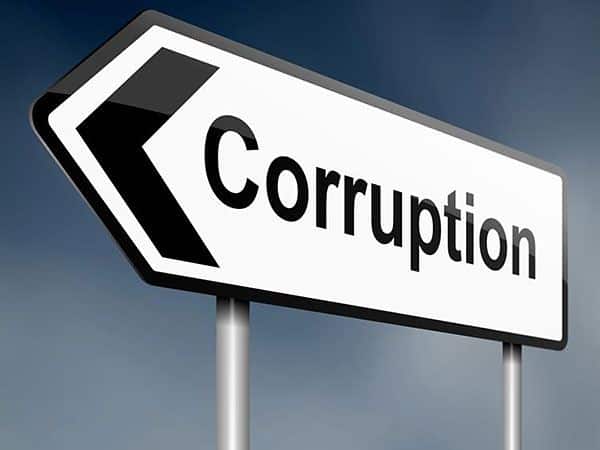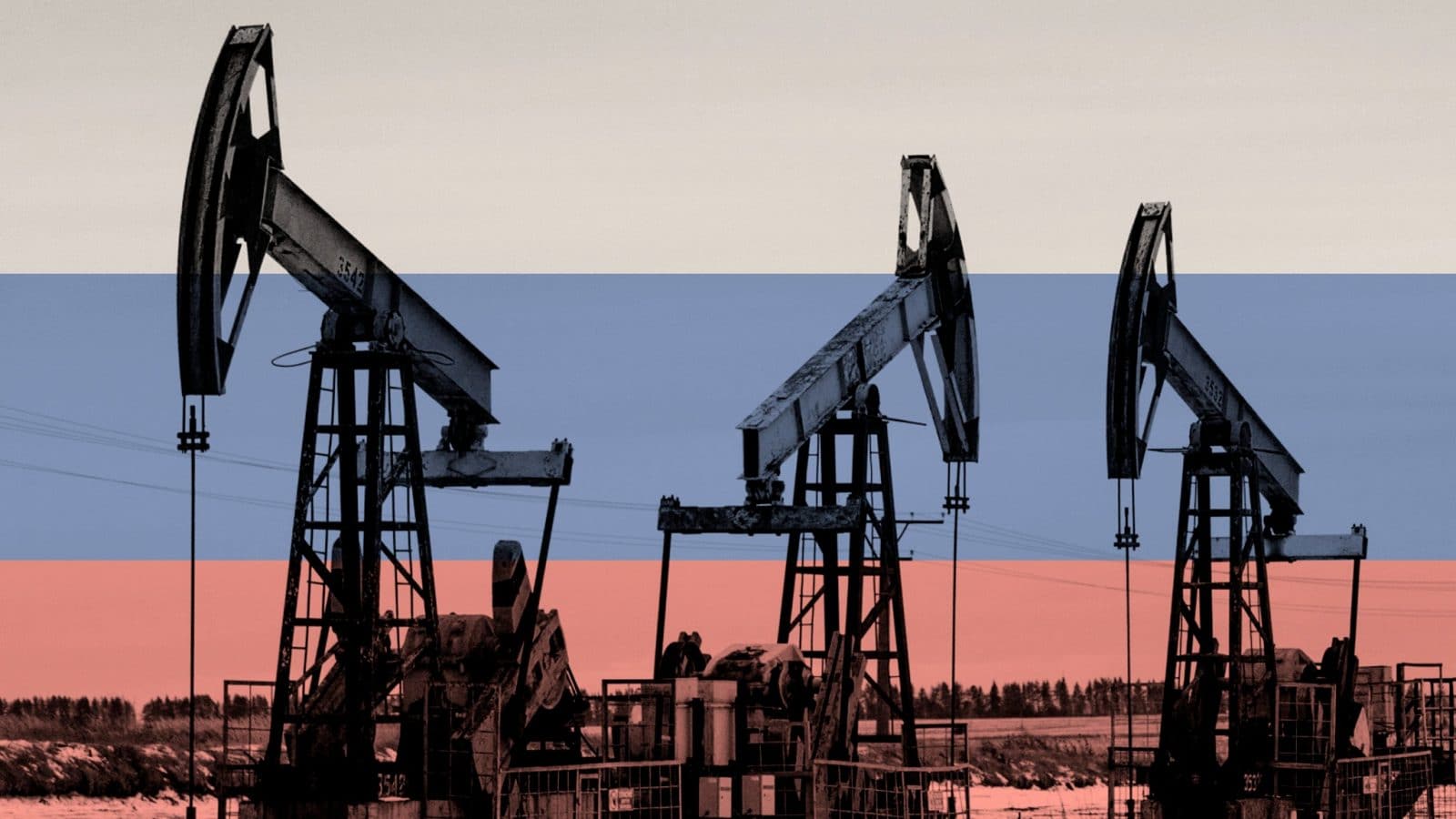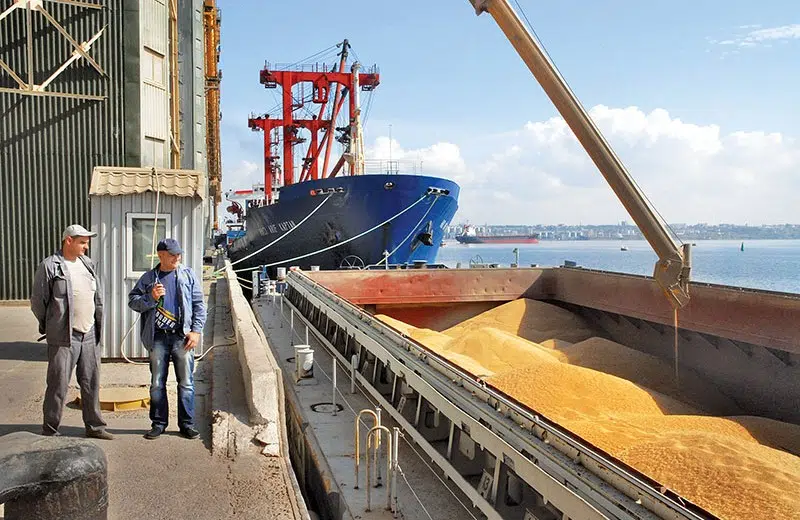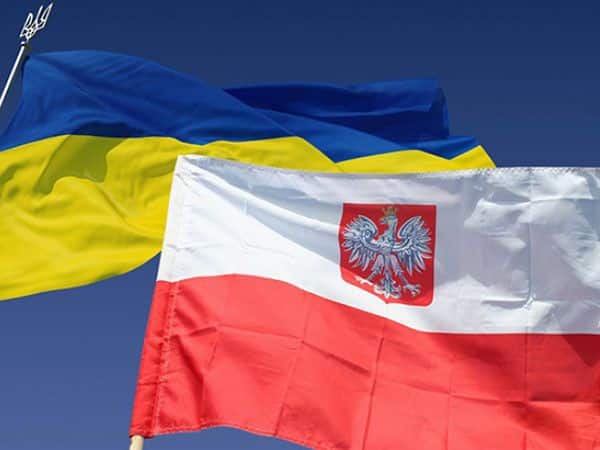Table of Contents
In recent weeks, several events important for the economic recovery of Ukraine after its victory have taken place.
The visits of Ukrainian President Volodymyr Zelenskyy to Italy and Germany, the first since the beginning of the full-scale phase of the Russian-Ukrainian war, were primarily viewed through the lens of purely security issues. For example, the media extensively discussed the agreements between Kyiv and Rome regarding the protection of Ukrainian airspace with air defense systems and Berlin’s provision of a record package of military assistance worth 2.7 billion euros. And this is absolutely understandable because today the attention of the whole world is focused on the Ukrainian Armed Forces’ major counteroffensive against Russian troops and the current assessments of what is still needed for success.
However, the economic component of President Zelenskyy’s major European tour was mostly left behind the scenes. It was practically only mentioned in press service announcements from the Office of the President, and even then, with just a sentence or two, focusing on separate discussions about laying the groundwork for Italian business participation in Ukraine’s reconstruction projects or similar plans from the German government for the global post-war reconstruction of Ukraine. At the same time, as noted by Glavcom, several important events related to Ukraine’s economic development after its victory in the war with Russia took place in recent weeks.
See also: “Ukraine’s losses will amount to trillions of dollars” — economist on the consequences of the war
Signals for the future
The first such news arrived on April 26, precisely from Italian Prime Minister Giorgia Meloni. She announced that Italy intends to host a major conference on Ukraine’s reconstruction and rebuilding of its territory in 2025, starting with energy facilities, schools, and hospitals, and including bridges and city streets. In other words, the actual implementation of reconstruction processes by Western countries on Ukrainian soil is not yet being discussed for the coming year. Everything may only start from 2025. According to Meloni, Rome is also ready to resume the operations of its export-credit agency, SACE, in Ukraine for both new projects and the restoration of old strategic projects that were halted in 2022 due to the war. However, no specific timeline for SACE’s work has been mentioned.
The second important event of a similar nature took place in Kyiv. On May 6, the Ministry of Economy announced the Ukrainian government’s plans to launch the national development financial institution — the Development Fund of Ukraine in the near future. According to the corresponding government announcement, the yet-to-be-established Fund will “attract and mobilize public and private capital for the reconstruction of Ukraine through a wide range of innovative and traditional financial instruments.”
One would approach such statements with a considerable degree of skepticism if it weren’t for one “but”: the details of creating a new investment fund for the recovery of the Ukrainian economy were already discussed on May 5 by the President Volodymyr Zelenskyy during a meeting with the leadership of the world’s largest asset management investment company, the American corporation BlackRock Inc. On the same day, the Ukrainian Ministry of Economy signed a contract with the company’s relevant division, BlackRock Financial Market Advisory, for the provision of consulting services to support the Development Fund of Ukraine.
Currently, we are witnessing contacts between official Kyiv and the largest investor from New York’s Wall Street in the final stages of negotiations. In September 2022, Zelenskyy began discussing with BlackRock’s co-founder and CEO, Larry Fink, the possibility of attracting both public and private investments to Ukraine. In November of the same year, in Washington, cooperation between BlackRock and the Ukrainian government was officially formalized through the signing of a Memorandum of Understanding between the aforementioned division, BlackRock Financial Markets Advisory, and the Ministry of Economy of Ukraine. Prior to the New Year, Fink promised Zelenskyy that top executives of the company planned to make a personal visit to Ukraine soon. And in response to this promise, one can already stamp it as “fulfilled.”
Who is behind BlackRock?
It is evident to everyone that BlackRock’s involvement in Ukraine’s post-war reconstruction is unlikely to be limited to consulting alone. This company is not just an investment giant; it is a supergiant. Last year, managing close to 1,000 funds, it set a world record for the size of assets under its management — $10 trillion. As of the beginning of 2023, the volume of assets under BlackRock’s management has decreased by 14% (currently standing at around $8.6 trillion), but this still represents over one-third of the US GDP (the world’s largest economy) and nearly three hundred annual budgets of Ukraine. Ultimately, if prior to the full-scale Russian invasion, BlackRock had no activity in Ukraine, now it sees prospects and opportunities for itself here.
By the way, in January 2023, the aforementioned BlackRock CEO Larry Fink, speaking at the Davos Ukrainian Breakfast discussion, called Ukraine’s future post-war recovery a “beacon of capitalism’s strength for the rest of the world.” According to him, BlackRock will first set up the structure and organizational process, and then help select Ukrainians who will manage the investment fund and see it through.
“It is time to build a model in which we can assure the public sector of who will provide the funds, plus the involvement of private capital. How we are going to do this is by creating a real foundation on which we can identify the country’s needs… We can create the right key performance indicators and organizational structure; we will create the ability to generate money, see where the money is going, and how it is being used,” described Larry Fink in detail the entire organizational process with the leadership involvement of his corporation.
The participation of BlackRock’s CEO in the Ukrainian Breakfast, which is traditionally organized by Viktor Pinchuk, indicates a close relationship between Fink and the Ukrainian oligarch. Pinchuk, in turn, currently maintains good relations with the current administration, including the head of state. There are also rumors that the involvement of the world’s largest investment company in Ukraine’s future reconstruction is backed by the renowned billionaire, philanthropist, and acquaintance of Pinchuk, George Soros. However, it is worth noting that until recently, Soros himself strongly criticized BlackRock for attracting over $1 billion from 111,000 Chinese investors (BlackRock became the first foreign company permitted by the Chinese government to fully operate in the mutual fund industry).
However, it is clear that all this serious business about the participation of the largest Wall Street investor in the future reconstruction of Ukraine would not have been possible without the political leaders of the United States and the European Union. By the way, experts from no less reputable companies such as JPMorgan and McKinsey are also involved in this work.
The cost of Ukraine’s reconstruction
As recently explained to journalists by Marc Bubeck, the Head of Corporate Communications Continental Europe at BlackRock, attracting international private capital to the reconstruction of Ukrainian infrastructure would allow the utilization of funds from potential donor governments and other organizations.
“However, attracting private capital faces significant obstacles, including obvious risks associated with ongoing hostilities. Therefore, attracting private capital will require creativity and collaboration beyond traditional instruments,” summarized Bubeck.
But it seems that during the war, no amount of “creativity” can actively attract private capital. Currently, the focus is solely on direct financial support from international organizations and partner countries, which is critically important for our country’s economy. Therefore, an investment boom in Ukraine is possible, but only after our military victory. Furthermore, estimates of the necessary capital investments for full-scale reconstruction vary from $350 billion (as mentioned by Marc Bubeck as the lower limit) to $750 billion (the amount, which Larry Fink, the CEO of BlackRock, referred to during the Ukrainian Breakfast in Davos for the global reconstruction of our country).
In the latest assessment of reconstruction needs conducted jointly by the Ukrainian government, the World Bank, the European Commission, and the UN, it is stated that $411 billion is required, which is 2.6 times the GDP of Ukraine in 2022. This comprehensive calculation takes into account the consequences of the full-scale war in 20 different areas, ranging from direct material damage to the necessary stimulation of the private sector. The estimated needs for the next decade consider inflation, market conditions, significant price increases in regions of mass construction, and increased insurance payouts, etc.
According to the Prime Minister of Ukraine Denys Shmyhal, the $411 billion figure is unfortunately not final because it is currently impossible to assess the destruction in temporarily occupied territories. However, he noted that this World Bank assessment provides Ukraine with a solid basis for the government to rely on in implementing rapid reconstruction projects, primarily in five priority areas: energy, humanitarian demining, housing, critical and social infrastructure, and business support. Ukraine will require $14 billion in investment for urgent reconstruction and recovery this year alone. This can currently be achieved only through funds from international partners, which will directly enter the state budget of Ukraine. Donations from private individuals, businesses, and confiscated Russian assets can be discussed, but for now, they remain exceptions rather than the norm.
Originally posted by Oleg Polishchyk on Glavcom.ua. Translated and edited by the UaPosition – Ukrainian news and analytics website

